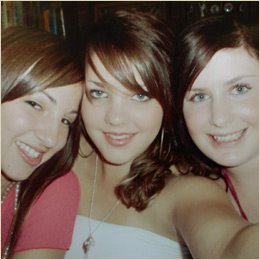 Calidore
Calidore is
thinking of life and its changes and passages. The best books I have read on this topic are
Passages and
New Passages by
Gail Sheehy. Sheehy is a psychologist but does not speak psychobabble. She wrote Passages quite a while ago - back in the lat 70s or early 80s. Then a few years back she did a revised version called New Passages because she believed things had progressed so much that various changes were being extended or occurring later - on average by a decade. This is because people are living longer and healthier, they are better educated, etc.
A metaphor she uses and which I use frequently because it is so applicable is the story of the lobster. To grow the lobster must shed its hard carapace. If the lobster did not do this, the growing lobster would be choked to death by the hard, too small shell. So the shell is shed. However, while the lobster is waiting for the new protective carapace to form and grow, it is quite vulnerable and its soft flesh is exposed. We are like this too. In our growth periods, we shed what has been protective for us. As we move into the new stage or stages of our lives we are vulnerable. We are not there yet. Our new form of protection has not arrived, is not functional.
I find this so helpful. It helps to discern what is going on in me and my life: the restlessness, the crankiness with what is around me, the mistakes I make as I move in a new way. These, I now recognise, are my own personal growing pains. Old things are falling away as I grow into new areas. But I am human. I am fallible and I am vulnerable.







